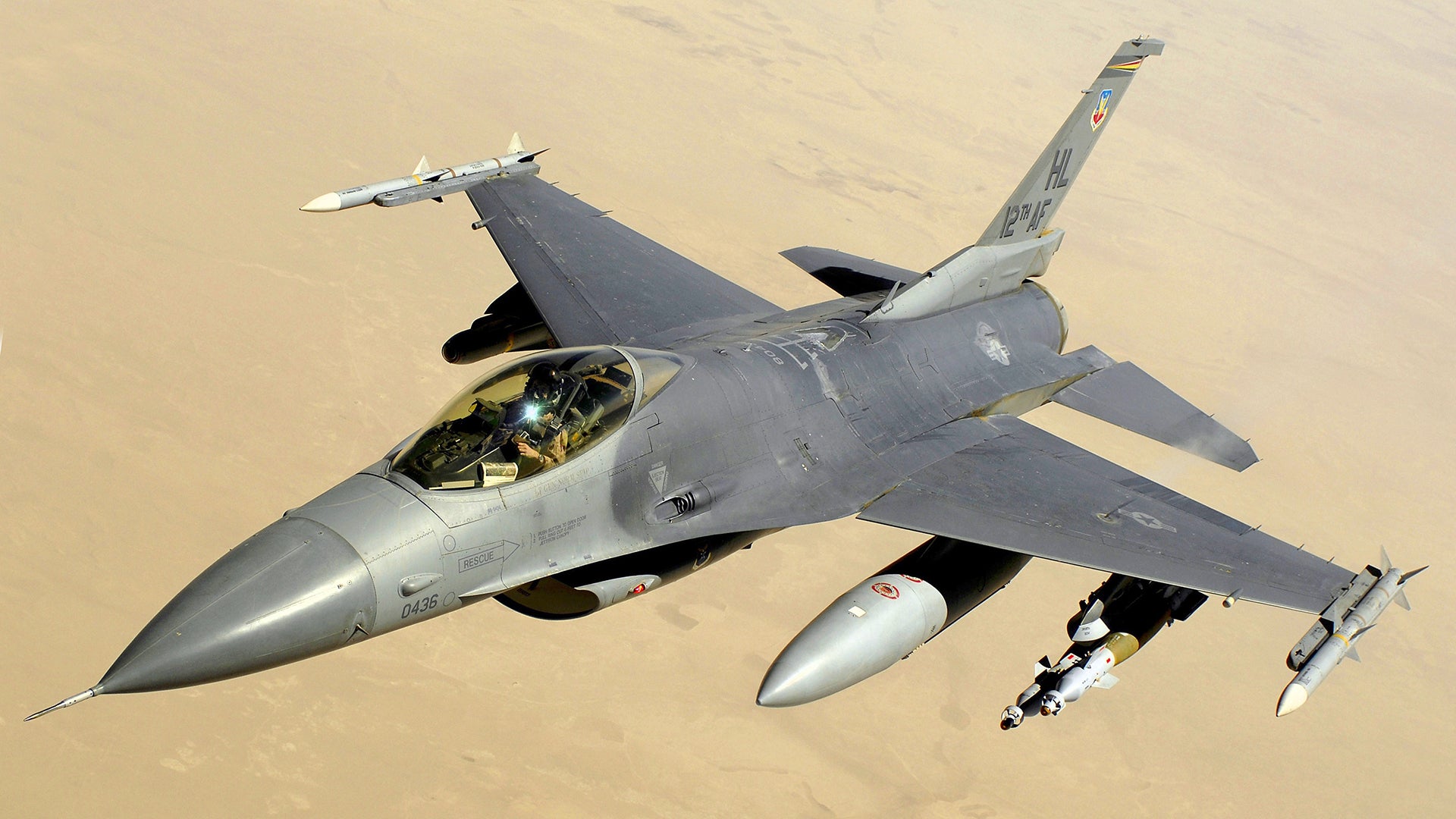The U.S. Air Force is looking at an all-new fighter jet design to replace its F-16s, which currently provide the backbone of the tactical fleet. Air Force Chief of Staff General Charles Q. Brown Jr. is launching a months-long study into the service’s future force mix, which could include a “clean-sheet design” to replace the F-16 and which could potentially threaten long-held plans to buy 1,763 copies of the F-35A, originally intended as the F-16’s successor.
Speaking yesterday at the Defense Writers Group, Brown — a former F-16 instructor pilot — introduced his idea for a new “four-and-a-half-gen or fifth-gen-minus” fighter to supersede the Viper. The tactical aircraft (TacAir) study will be one proposal under investigation as the Air Force assesses the optimum balance for its tactical fighter force and will be run in concert with the Pentagon’s Cost Assessment and Program Evaluation (CAPE).
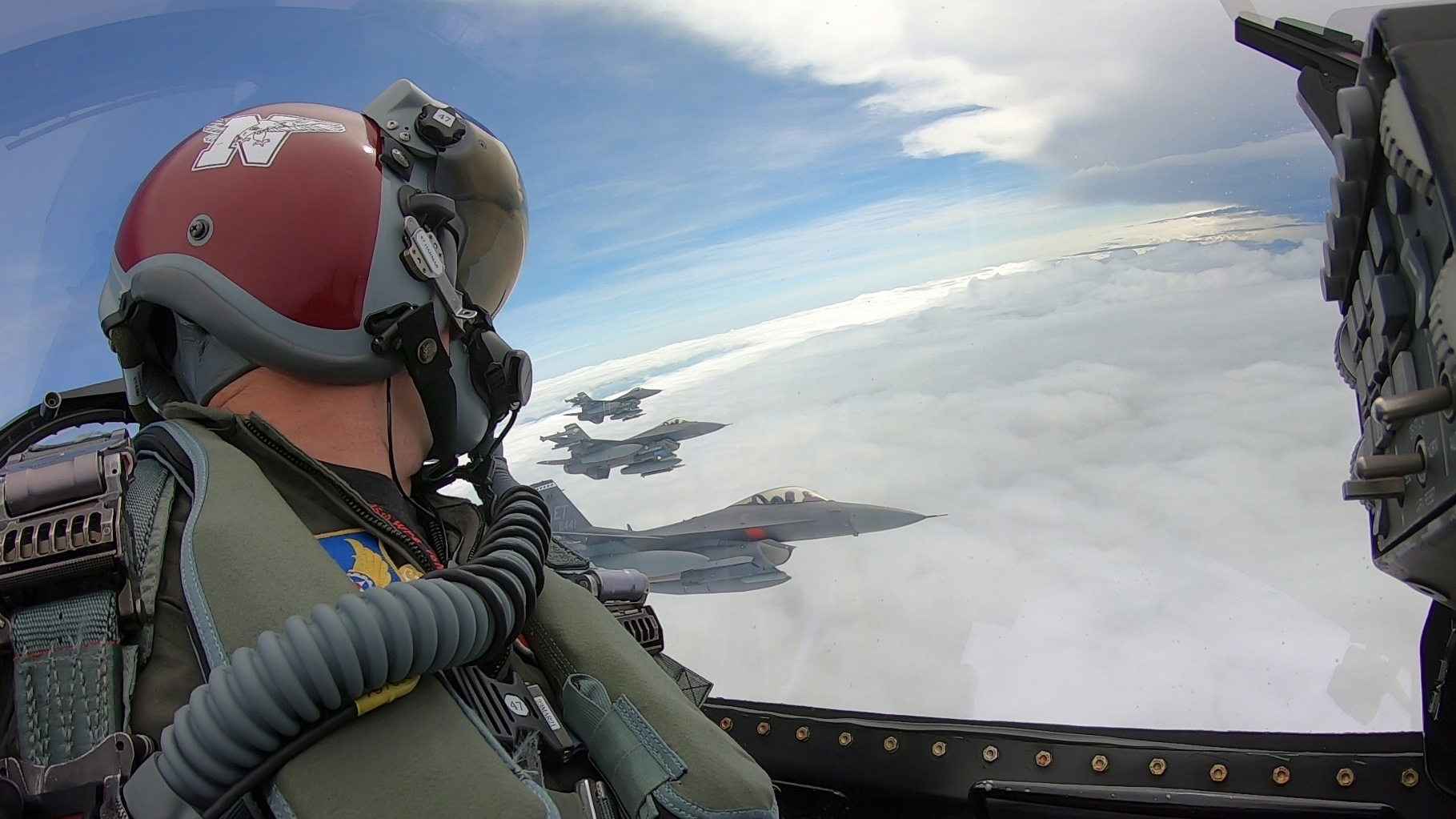
“This will help inform the decisions that I think I need to make internal to the Air Force, and what I would recommend that force mix might be,” Brown explained. “Now, I will also tell you I don’t think that everybody’s going to exactly agree with what I say. But I want to actually have a starting point as a point of departure, a point of dialogue.”
General Brown says he hopes that the force mix study will be completed in time to help inform decisions for the Air Force’s Fiscal Year 2023 budget request. “In the budget for FY 23, that’s where I see that we’ll really make some key decisions,” he added.
What the Air Force Chief of Staff has in mind is not an order for an advanced version of the F-16, such as the latest Block 70/72 version, something that outgoing Assistant Secretary of the Air Force for Acquisition, Technology, and Logistics, Will Roper, suggested could happen, in an interview with Aviation Week
General Brown was vehement that the F-16 — even a much-improved version of the 1970s-era jet — is not the right choice for the future Air Force. He pointed to the Viper’s inability to receive software updates at the speed that’s desired and its lack of open-architecture software protocols that would allow it to be rapidly reconfigured.
Brown said he would want the new aircraft to feature “open-mission systems” — something that the Air Force has recently been testing in live flying scenarios involving manned aircraft. This kind of open architecture design would allow the new fighter to receive software updates in rapid succession, potentially even during a mission.
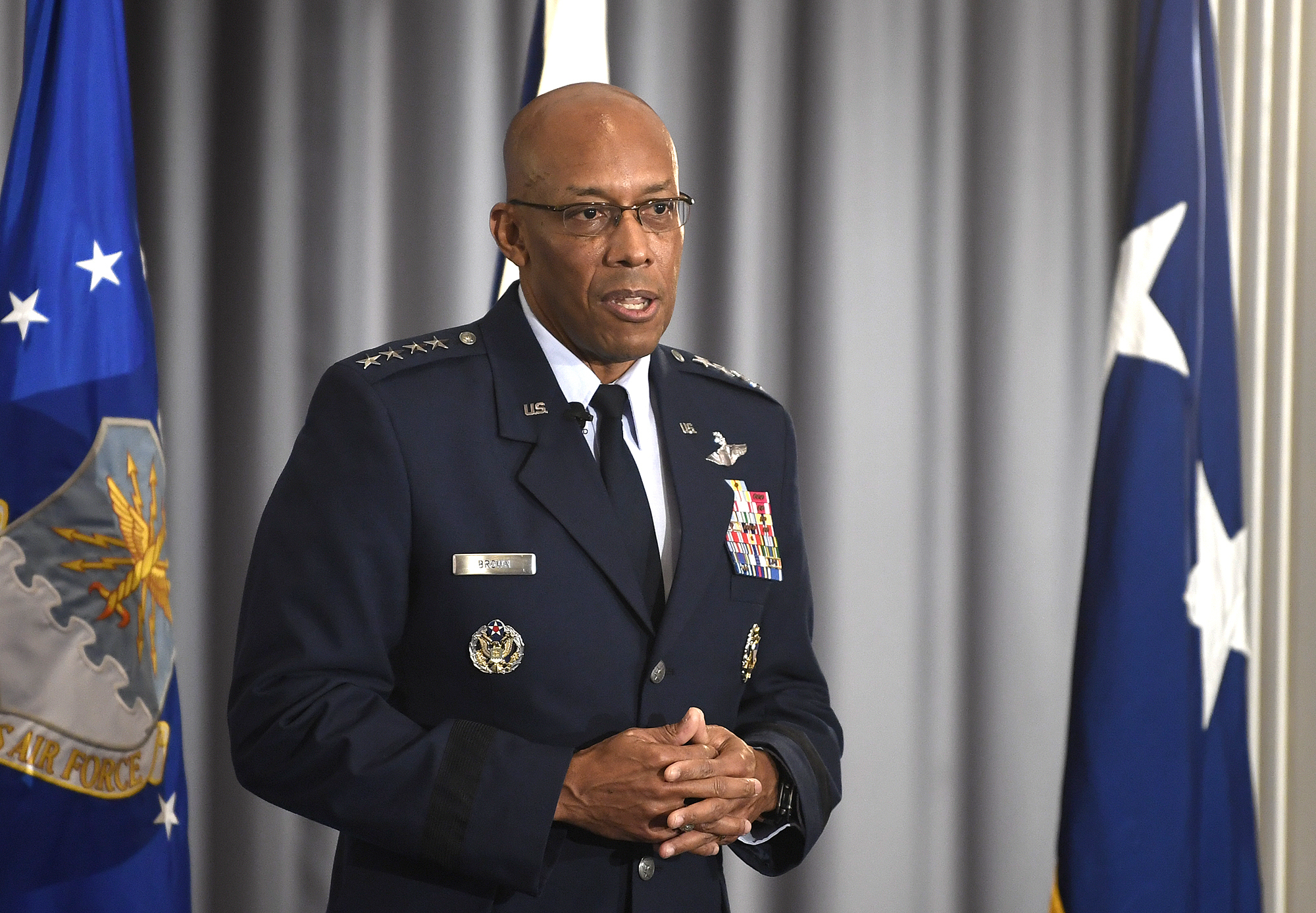
Instead, what the Air Force will consider is the manufacture of “something new and different, that’s not the F-16 — that has some of those capabilities but gets there faster and uses some of our digital approach,” Brown said. The reference to speed hints at a platform that will be quicker than the F-16, perhaps indicating a desire for a supercruise capability. Overall, higher speed would not only help boost sortie rates but also increase survivability in contested environments.
This “digital approach” could well be fundamental to the whole idea of a new tactical fighter for the Air Force and echoes the “Digital Century Series” that was another Roper brainchild. In this concept, smaller numbers of aircraft are rapidly produced to meet dynamically evolving threats, keeping pace with peer threats like China and Russia.
A similar type of digital engineering — the so-called eSeries concept — has also become a hallmark of the Air Force’s new T-7A Red Hawk trainer, as well as the Next Generation Air Dominance (NGAD) program, which is taking a system-of-systems approach to developing future aerial combat capabilities. Last September, Roper confirmed that some form of NGAD prototype had already flown, but Brown suggested the new tactical fighter would be tailored to work complementary to NGAD, as well as the F-35.
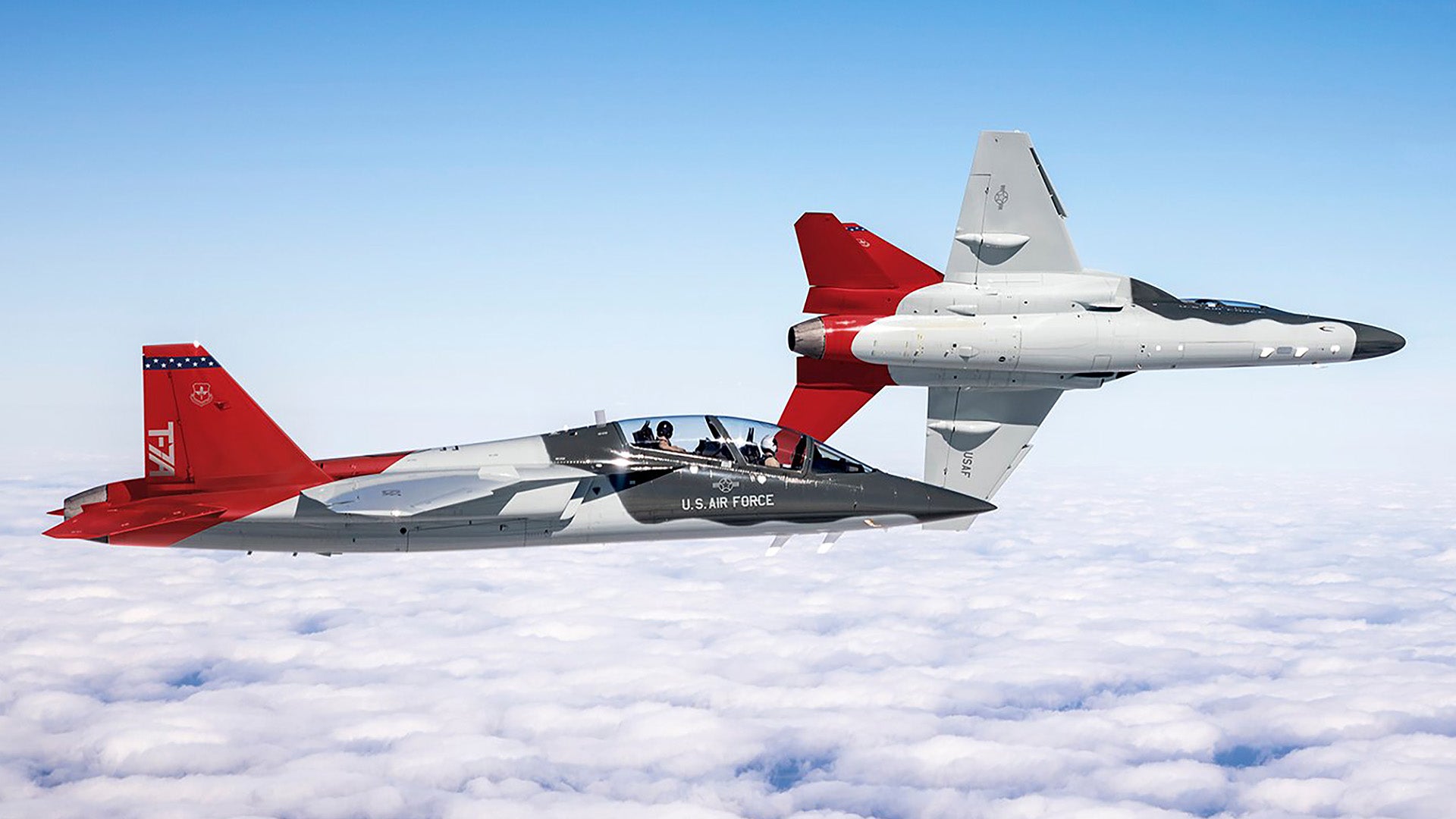
Indeed, Brown specifically named all three programs, pointing out that each was needed “to remain competitive against our adversaries” as well as to conduct the “low-end fight.” It might be surmised, therefore, that the proposed new tactical fighter would either be optimized to some degree for low-end warfare — like the type of asymmetric combat that the Air Force has been involved in for years in Afghanistan and the Middle East — or its design would otherwise incorporate lessons from these campaigns.
The idea of the tactical aircraft (TacAir) study is “to look at what is the right force mix,” he said, explaining that the service needs fifth-generation fighters such as the F-35; it needs NGAD “to remain competitive against our adversaries;” and, it needs capabilities for the “low-end fight.”
At this point, there is no timeline for any kind of prototype or demonstrator to be produced for the TacAir study, although experience with the NGAD suggests that would at least be feasible in relatively short order. Instead, however, Brown said the focus now is on “modeling and simulation and analysis,” adding that “that’s what I plan to do here over the coming months.” Beyond that, any decision on where the program would go next would also be based on the findings of CAPE — the body that advises the Pentagon on alternative weapon systems and force structures as well as their cost-effectiveness.
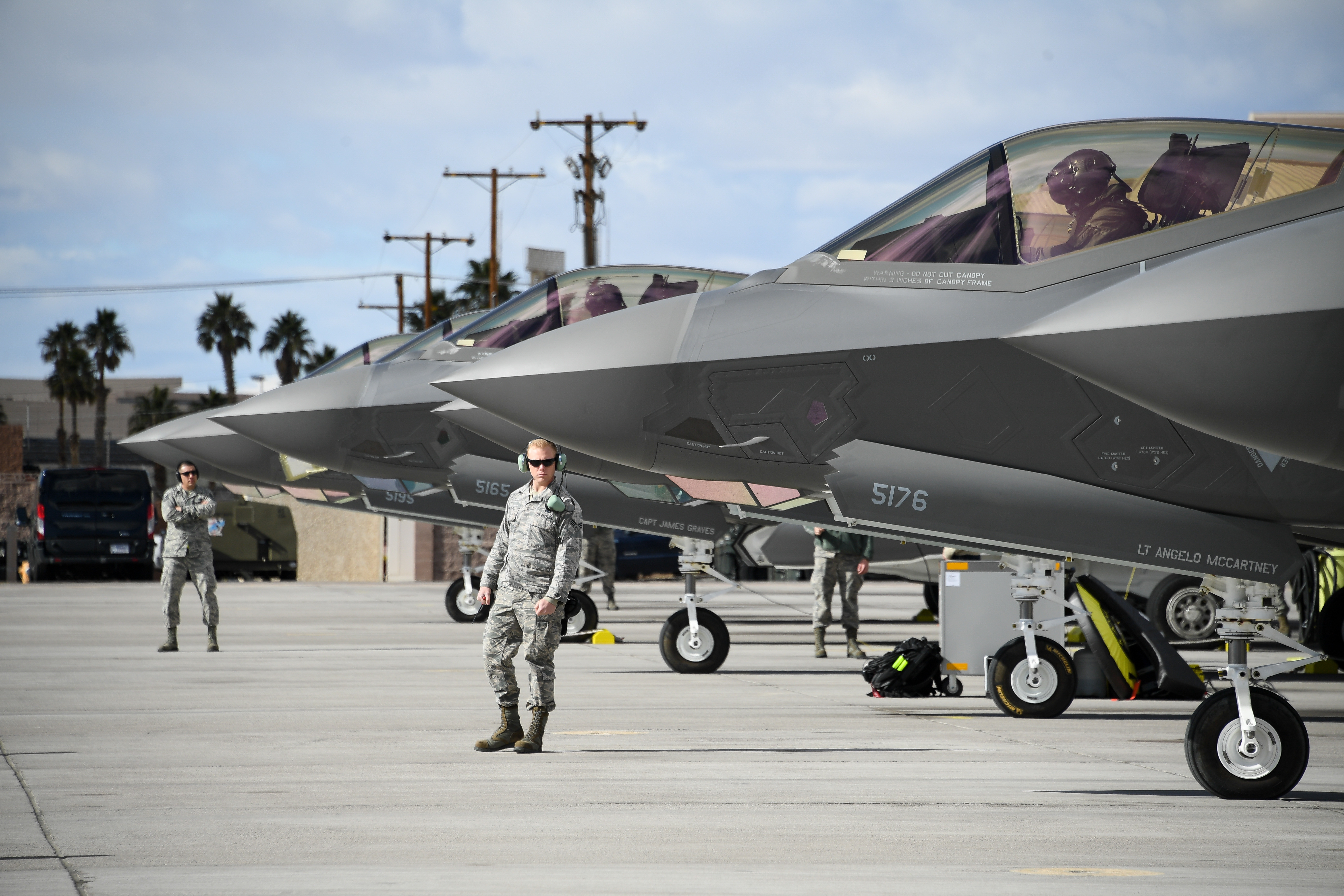
As well as CAPE, Brown’s TacAir study is supposed to align with another, separate study, the new Global Posture Review, which is described as a “review to ensure the footprint of American service members worldwide is correctly sized and supports strategy.” This will consider, for example, the future status of forward-deployed Air Force assets.
“I think the dialogue back and forth between the two will help shape the Global Posture Review; at the same time, the Global Posture Review will help shape our TacAir study based on the priorities the department has laid out,” Brown said.
As well as assessing if there’s a place for a future “clean-sheet design” in the tactical fighter inventory, Brown says it might be time to reassess the service’s aim to field 386 squadrons across the Air Force. In 2018 the service unveiled its plans to massively expand force structure from 312 squadrons to 386 by 2030, a plan that The War Zone discussed in detail in this previous feature.
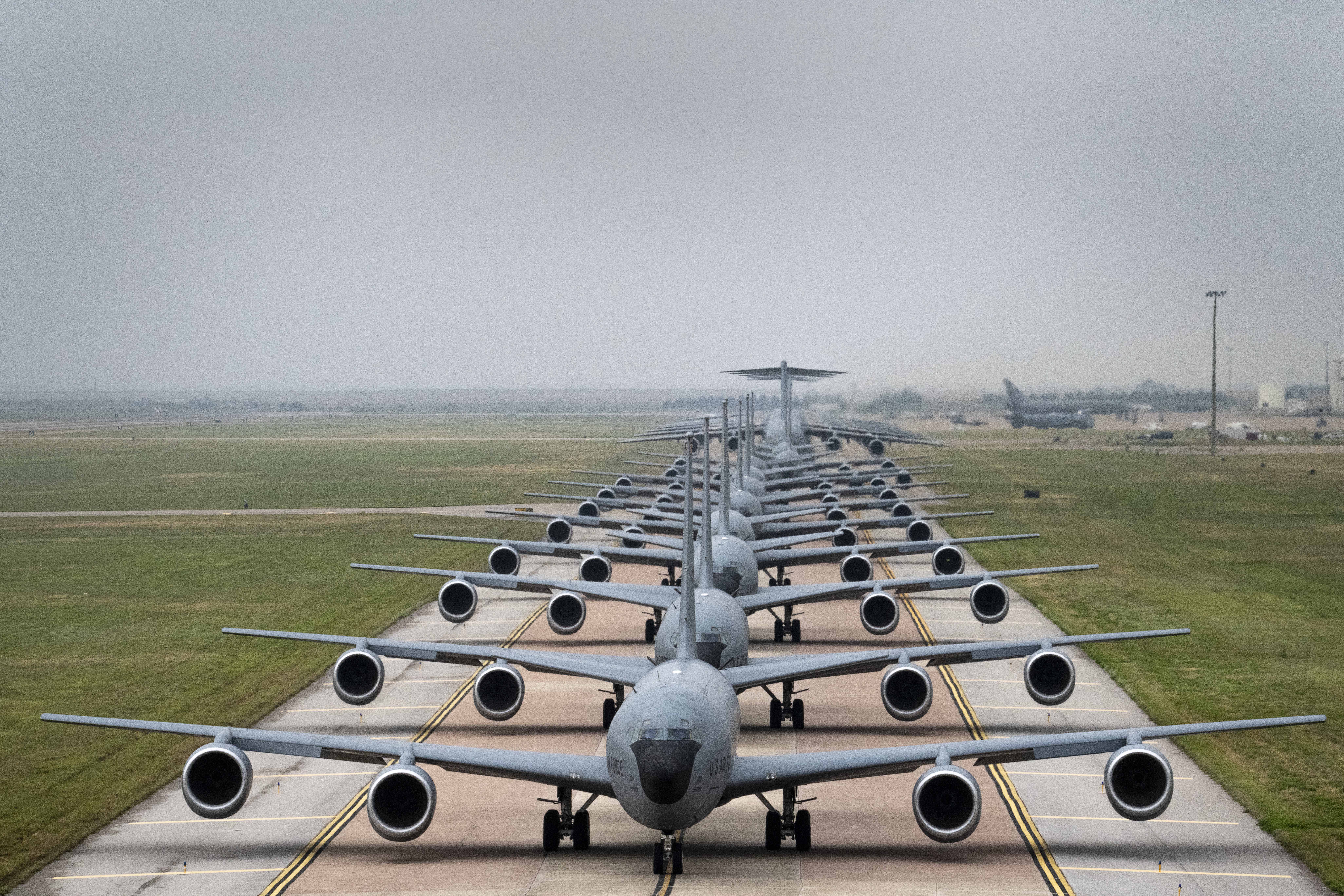
“I want to get as close as I can to 386 capability with the force size that I have, with the dollars we have available and make that case,” Brown confirmed. Moreover, the Air Force chief hopes that the kinds of capabilities embodied in a revised tactical fighter mix could also achieve the desired capability with fewer than 386 squadrons.
The observation about what this will all cost is critical, of course. The Air Force is already under pressure to pay for the F-35 — the most expensive program in Pentagon history — as well as NGAD, with the potential to add another new tactical fighter on top of this. In the meantime, the Air Force has also committed to buying new F-15EX fighter jets to top up its current tactical fleet, while there will also be various unmanned programs that also demand a share of the budget. That is not to mention all the other initiatives outside of the Air Force’s tactical airpower portfolio.
The trifecta of NGAD, F-15EX, and — potentially — something else under TacAir further emphasizes that the F-35 program is starting to come under increasing pressure, too.
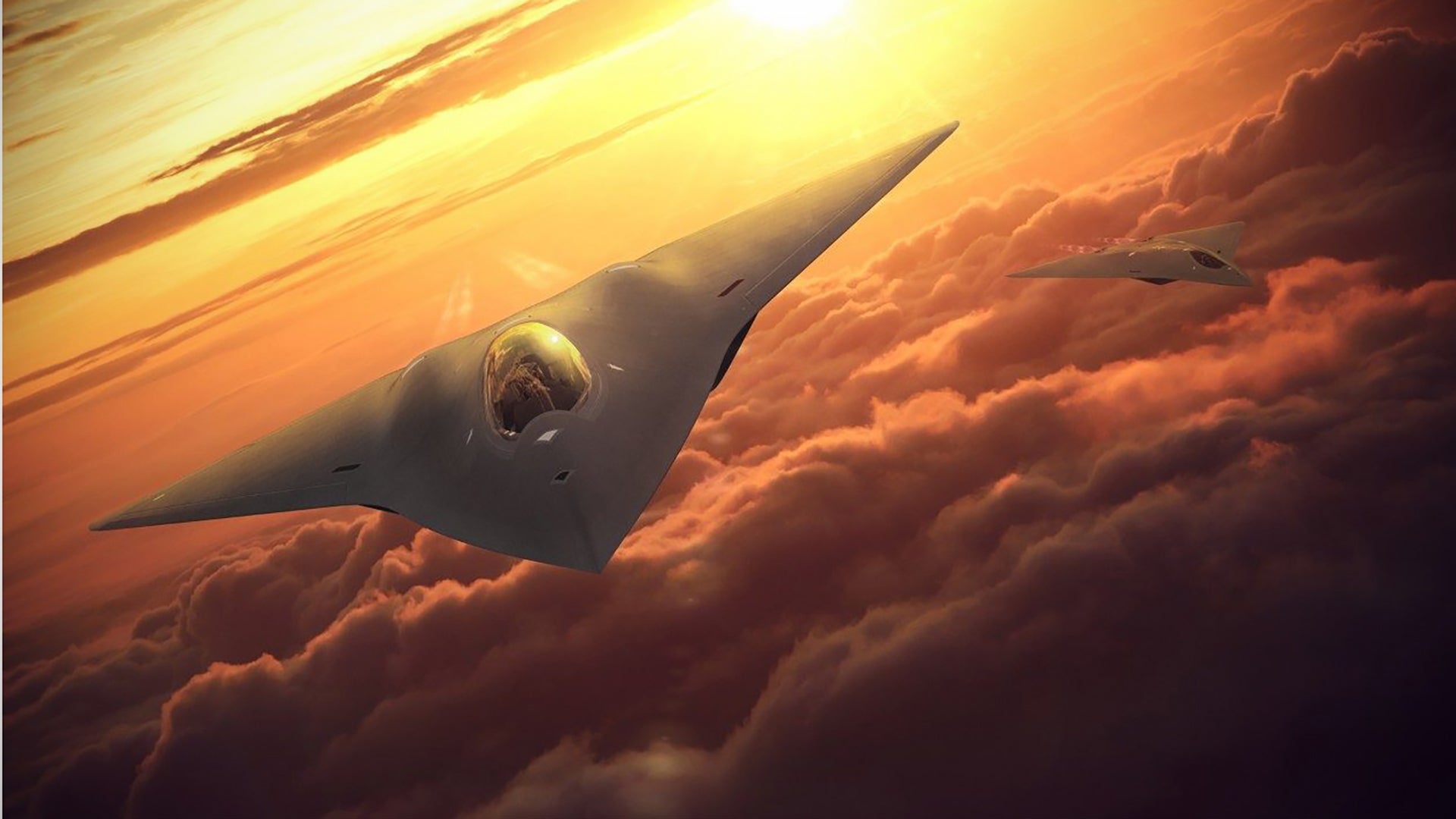
There is also the issue of unmanned options and the fact the Air Force is increasingly looking to integrating combat drones within its tactical aviation fleet. It is too early to say how that will affect plans for the manned fighter force mix, but it seems inevitable that the trend will have a major impact, more generally, on plans for future combat fleets.
With an Air Force fighter fleet that averages 28 years old, Brown recognizes “that’s not going to compete well with adversaries.” The TacAir study will therefore look at how to bring down the average age while remaining affordable — something it seems the F-35 is struggling to achieve.
The Air Force F-35A buy is still officially pegged at 1,763 aircraft but last December
Aviation Week reported that, as early as 2018, the service had prepared a study that called for F-35A orders to be cut back to 1,050.
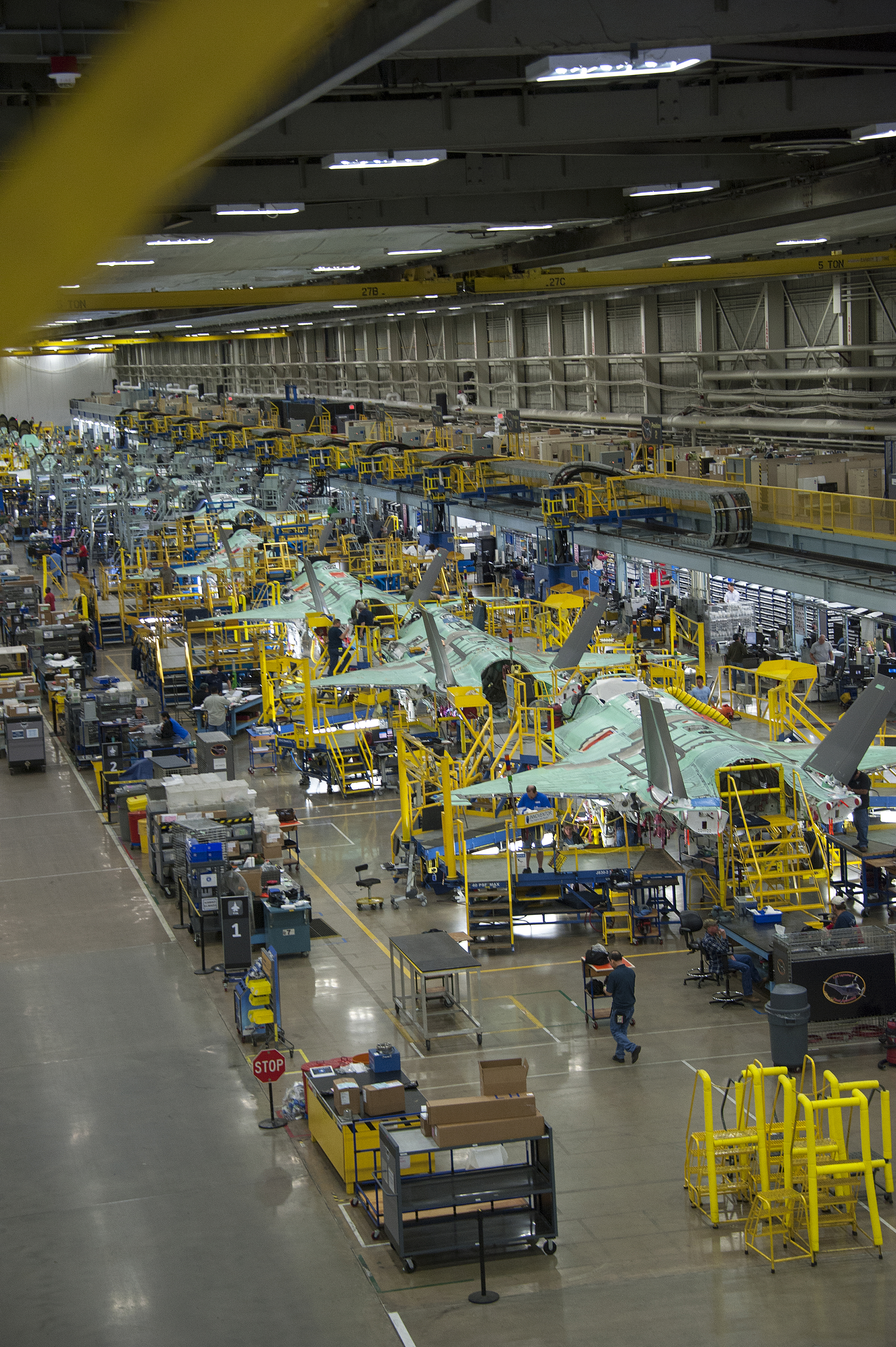
Although the unit prices for all F-35 variants have been decreasing in the years since then, concerns have grown about the sustainment costs of the jets. In 2019, the U.S. military assessed it would cost $1.196 trillion just to operate and maintain the full planned fleets of F-35s across the U.S. Air Force, Marine Corps, and Navy through 2070.
Brown admitted that the F-35 is currently having problems with engine wear and that the TacAir study would factor this in, too. He said that the jet’s F135 engines are “failing a little faster in certain areas,” as a result of heavy usage and regular deployments. While changes to maintenance are being looked at, Brown also confirmed that one solution to the issue may simply be to use the F-35 less.
The Air Force is also facing a shortage of F135 engines, as increased demands for repairs cause a logjam in scheduled depot maintenance. Officials recently admitted this is an issue that could take months to solve.
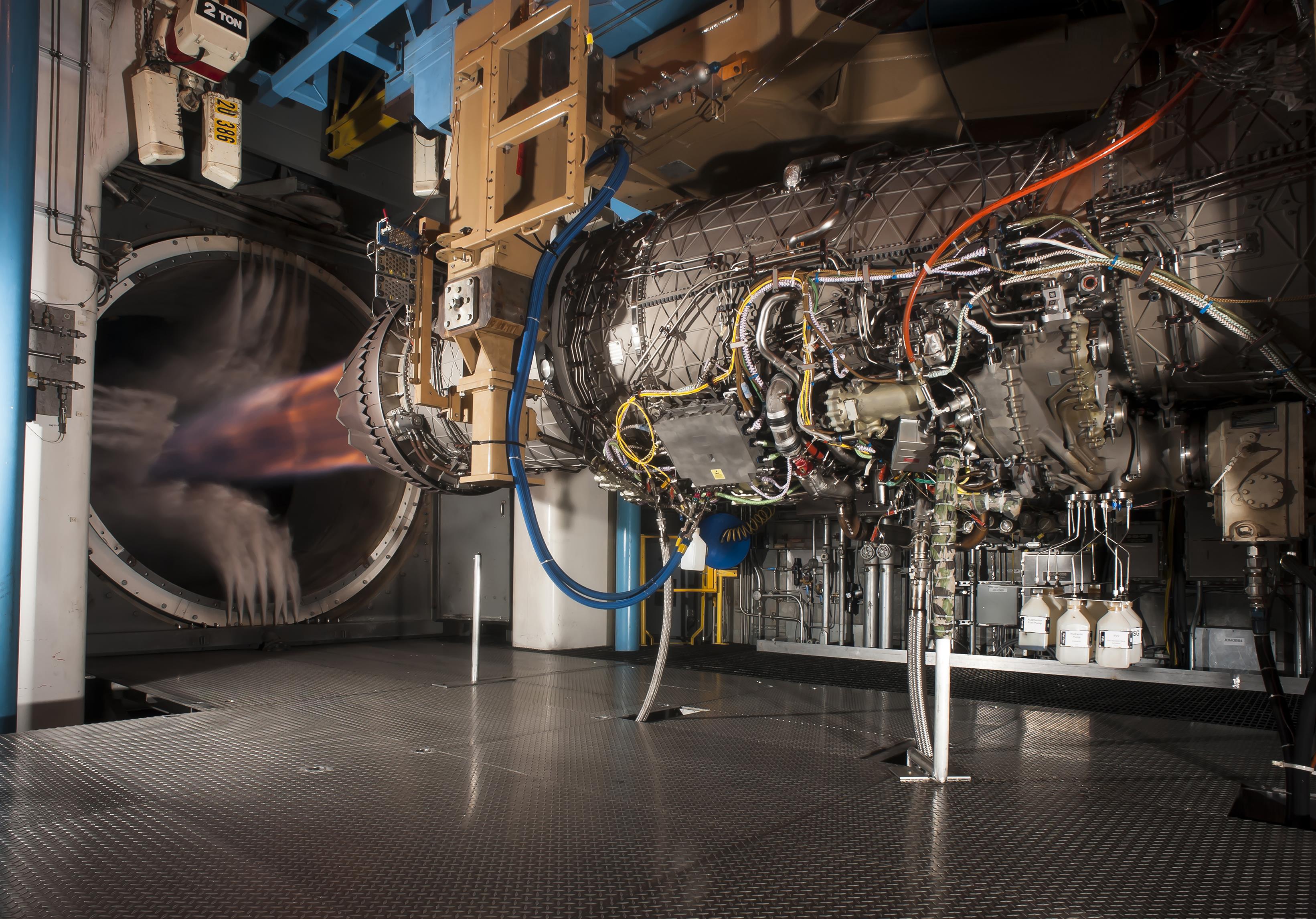
“I want to moderate how much we’re using those aircraft,” Brown said. “You don’t drive your Ferrari to work every day, you only drive it on Sundays. This is our ‘high end’ [fighter], we want to make sure we don’t use it all for the low-end fight.”
One solution to that low-end fight could, of course, be the new fighter now being examined under the TacAir study.
It is becoming abundantly apparent that the Air Force is having second thoughts about whether it can actually afford the planned 1,763 F-35As, something that would have been hard to predict would happen just a couple of years ago. More recently, even the F-15EX acquisition faced pushback from those who felt it would threaten the F-35 enterprise.
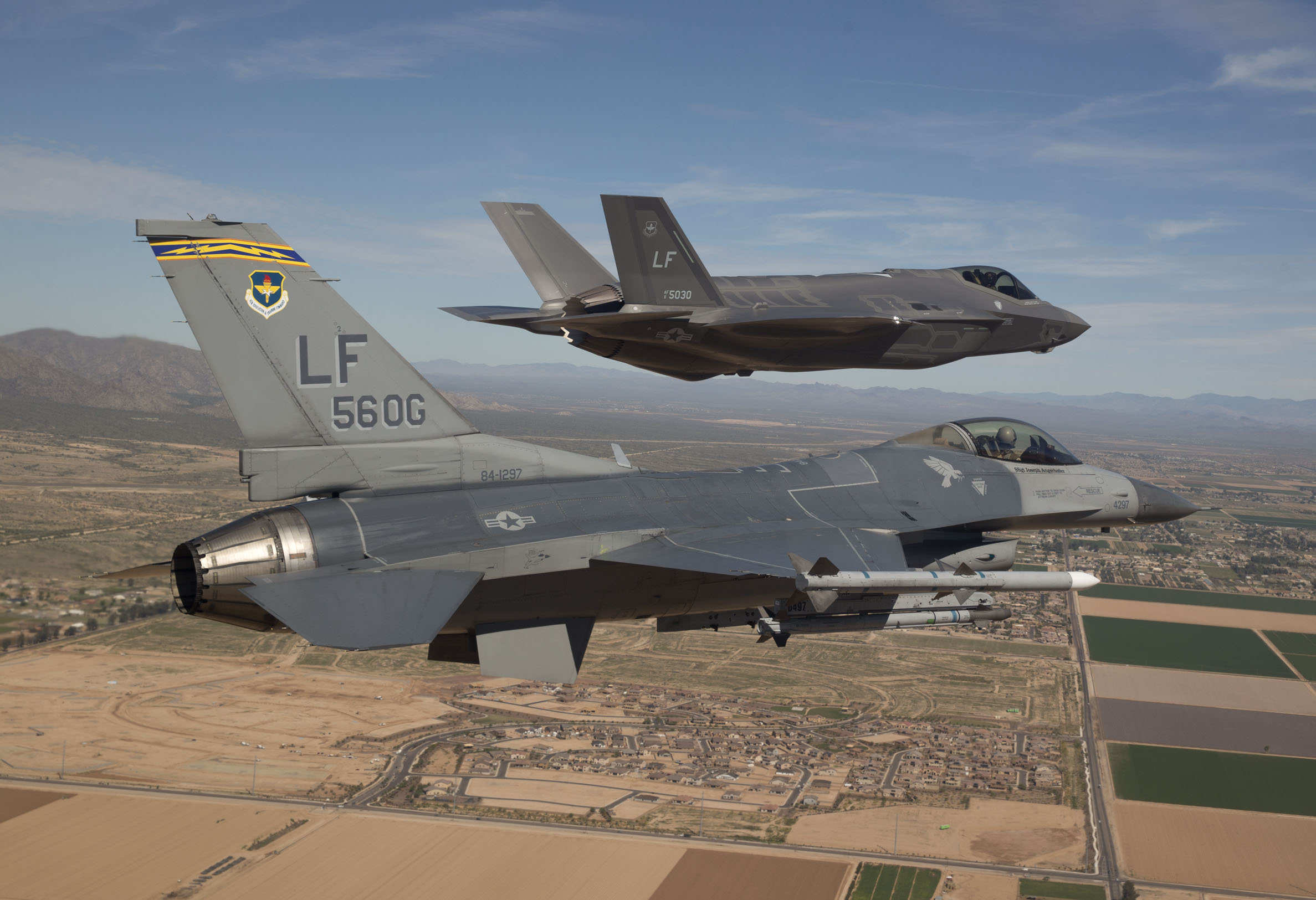
It is highly significant that so far this year both Roper and Brown have suggested that a new F-16 model, or something like it, could be introduced to the Air Force and potentially reduce F-35 numbers in the process.
Speaking in January, before stepping down as Assistant Secretary of the Air Force for Acquisition, Technology, and Logistics, Will Roper said he thought the F-35A was “a long way from being an affordable fighter that we can buy in bulk.” He added that he expected to see “other trades in terms of numbers of F-35s, up or down, and capability mixes with Block 4 vs. things one might do with F-15EX or NGAD.”
“That’s why other tactical aviation options are appealing to have in the mix so that the Air Force has options,” Roper added.
That approach would seem to be in line with Brown’s plans to look at how a new tactical fighter might fit into the mix. What that fighter may look like, and whether the Air Force will be able to pay for it alongside the F-35 and NGAD, remain to be seen, however.
Contact the author: thomas@thedrive.com
